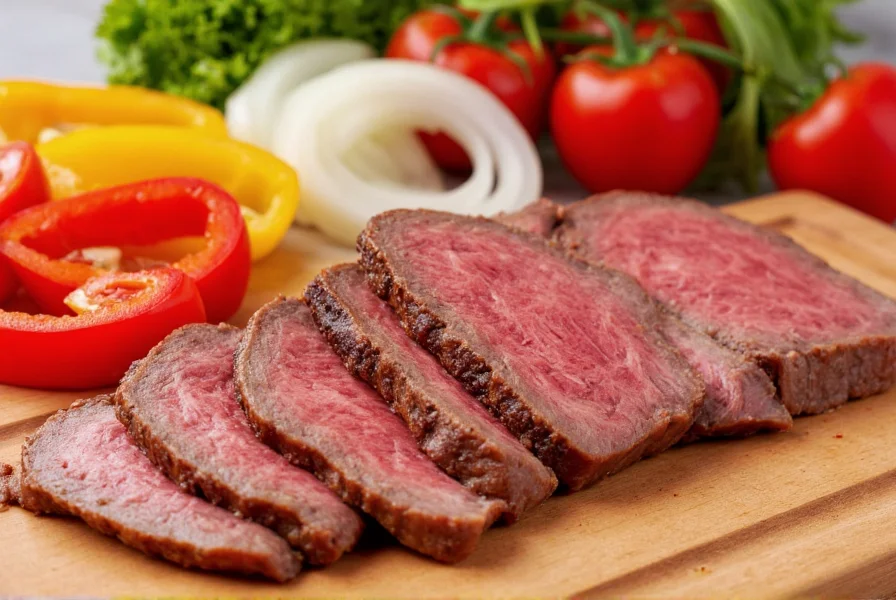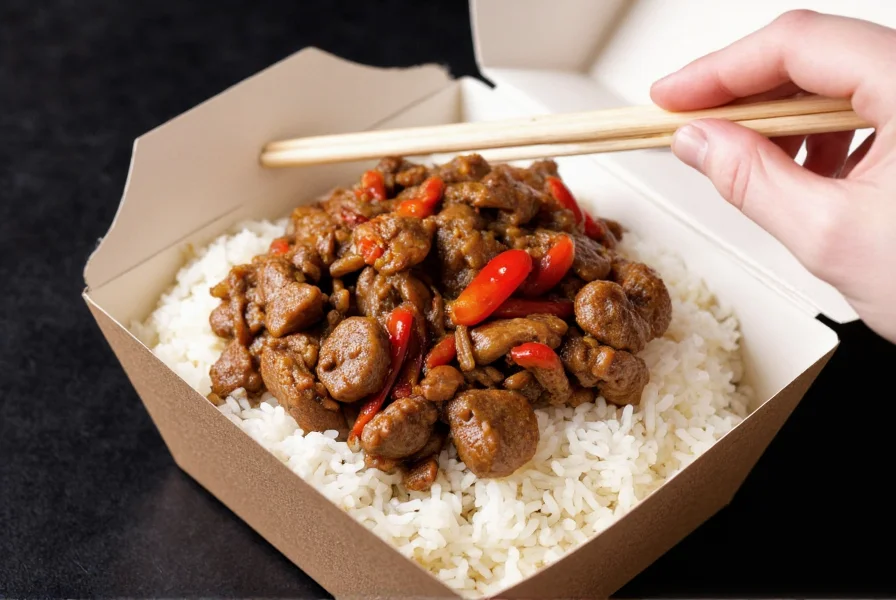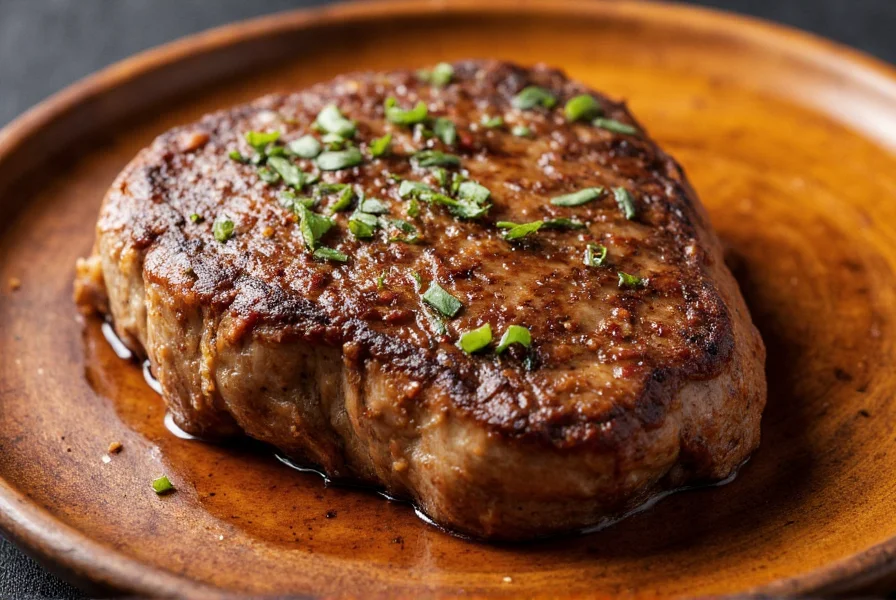Originating from Chinese-American cuisine, pepper steak has become a staple in many households and restaurants across North America. This quick-cooking dish combines tender beef strips with colorful bell peppers and a flavorful sauce that balances savory, sweet, and umami notes. Understanding the proper technique ensures you achieve restaurant-quality results at home every time.
The Essential Components of Perfect Pepper Steak
Creating exceptional pepper steak requires attention to three critical elements: meat selection, vegetable preparation, and sauce composition. The right combination transforms this simple dish into something extraordinary.
Choosing the Right Cut of Beef
When preparing pepper steak, selecting the appropriate cut of meat makes all the difference. Flank steak remains the top choice for traditional pepper steak recipes due to its rich beef flavor and ability to absorb marinades. Sirloin and ribeye also work well, offering more marbling for added tenderness. For authentic Chinese pepper steak preparation, always slice your meat against the grain into thin, uniform strips—approximately ¼ inch thick—to ensure maximum tenderness after cooking.

Vegetable Selection and Preparation
The "pepper" in pepper steak traditionally refers to bell peppers, though some variations incorporate black pepper prominently. For best results, use a combination of red, yellow, and green bell peppers to create visual appeal and flavor complexity. Slice peppers into uniform strips similar in size to your beef pieces. Many professional chefs recommend adding a small amount of onion—either white, yellow, or shallots—for additional depth of flavor. The ideal pepper steak with onions ratio is approximately 2:1 (peppers to onions) to maintain the dish's signature profile.
Creating the Perfect Sauce
The sauce transforms simple ingredients into a cohesive dish. A classic pepper steak sauce recipe includes:
| Ingredient | Amount | Purpose |
|---|---|---|
| Soy sauce | 3 tablespoons | Provides umami and saltiness |
| Brown sugar | 1 tablespoon | Balances saltiness with sweetness |
| Rice vinegar | 1 tablespoon | Adds brightness and cuts richness |
| Garlic, minced | 2 cloves | Essential aromatic base |
| Ginger, grated | 1 teaspoon | Provides warm, spicy notes |
| Cornstarch | 1 tablespoon | Thickens sauce for proper cling |
For those seeking pepper steak without soy sauce, substitute with tamari for gluten-free needs or a combination of Worcestershire sauce and salt for similar umami depth.
Step-by-Step Cooking Process
Mastering the cooking technique separates good pepper steak from exceptional. The entire process should take no more than 20 minutes from start to finish.
Preparation Phase
Begin by slicing your chosen cut of beef against the grain into thin strips. Place these in a bowl and marinate with 1 tablespoon of the soy sauce, 1 teaspoon cornstarch, and 1 teaspoon sesame oil for at least 15 minutes (or up to 2 hours for deeper flavor penetration). While the beef marinates, prepare your vegetables and mix the remaining sauce ingredients in a separate bowl.
Cooking Sequence
1. Heat 2 tablespoons of high-smoke point oil (like avocado or peanut oil) in a wok or large skillet over high heat until nearly smoking.
2. Working in batches to avoid overcrowding, sear the beef for 60-90 seconds until browned but not fully cooked. Remove and set aside.
3. Add another tablespoon of oil if needed, then stir-fry the peppers and onions for 2-3 minutes until crisp-tender.
4. Return the beef to the pan, pour in your sauce mixture, and cook for an additional 60-90 seconds until the sauce thickens and coats all ingredients.
5. Serve immediately over steamed rice or noodles.
This precise pepper steak cooking time ensures your meat remains tender while the vegetables maintain their vibrant color and texture. Overcooking remains the most common mistake when preparing this dish.
Variations Across Culinary Traditions
While Chinese-American pepper steak represents the most common version, regional variations offer distinct flavor profiles worth exploring.
Chinese Pepper Steak vs American Pepper Steak
The primary difference between Chinese pepper steak and its American counterpart lies in sauce composition and vegetable ratios. Authentic Chinese versions typically feature:
- Lighter sauce with more emphasis on natural beef flavor
- Higher proportion of vegetables to meat
- Use of Shaoxing wine instead of sugar
- Less cornstarch for a thinner, more broth-like consistency
In contrast, Americanized versions often include:
- Sweeter sauce with added brown sugar
- Higher meat-to-vegetable ratio
- Thicker sauce with more cornstarch
- Additional ingredients like mushrooms or bamboo shoots
Regional Adaptations
Many cultures have adopted pepper steak with local twists. In Hawaii, you'll find versions incorporating pineapple for sweetness. Some Southern U.S. restaurants serve pepper steak with a blackened seasoning rub. For meal prep enthusiasts, pepper steak makes an excellent make-ahead dish that reheats beautifully when stored properly.
Common Mistakes to Avoid
Even experienced home cooks encounter challenges with pepper steak. Understanding these pitfalls ensures consistent success:
- Using the wrong cut of meat - Tough cuts like chuck require slow cooking and won't work for quick stir-frying
- Overcrowding the pan - Leads to steaming instead of searing, resulting in gray, tough meat
- Adding sauce too early - Causes the sauce to burn before ingredients cook properly
- Underseasoning - Beef needs adequate salt to shine; don't be shy with seasoning
- Using bell peppers with high water content - Some varieties release too much liquid, diluting your sauce
Serving Suggestions and Pairings
Pepper steak traditionally serves over steamed white rice, but modern variations include:
- Cauliflower rice for low-carb diets
- Noodles like lo mein or rice noodles
- As a filling for lettuce wraps
- Alongside steamed broccoli or bok choy
For complete meal planning, consider these complementary side dishes:
- Hot and sour soup
- Egg rolls or spring rolls
- Simple cucumber salad
- Steamed dumplings
Storage and Reheating Guidelines
Proper storage maintains quality when making pepper steak ahead of time. Cool completely before transferring to airtight containers. Refrigerate for up to 3-4 days or freeze for up to 3 months. When reheating pepper steak, use a skillet over medium heat with a splash of water or broth to restore moisture. Avoid microwaving as it can make the meat tough and rubbery.












 浙公网安备
33010002000092号
浙公网安备
33010002000092号 浙B2-20120091-4
浙B2-20120091-4